Samsung Galaxy A54 5G vs. Moto G Stylus 5G (2023): Mid-range showdown
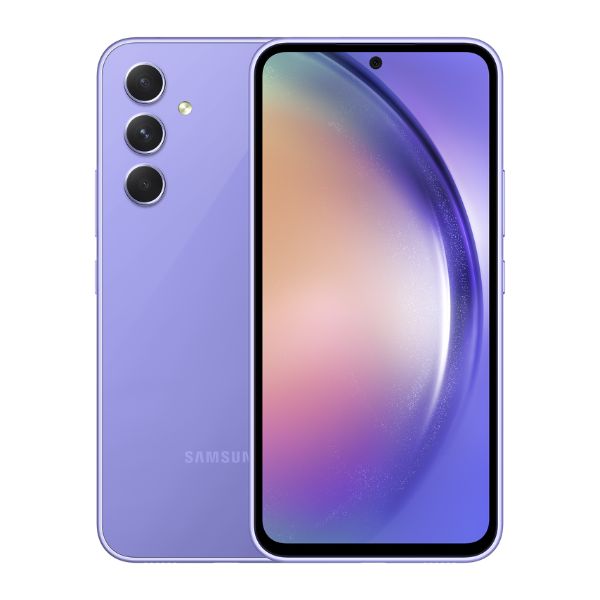
Not quite flagship
The Galaxy A54 may be a step down from Samsung's flagship S-series, but it comes with plenty of flagship features, such as a 120Hz AMOLED display, fast charging, and an IP rating for water and dust resistance. All this for half the price of a regular flagship.
Pros
- AMOLED display
- 25W wired charging
- IP67 water and dust resistance
- Gorilla Glass 5
- Up to 8GB of RAM
- Software promise
Cons
- Exynos chipset struggles a bit
- Cameras struggle with exposure and portrait mode

A solid phone
The Moto G Stylus 5G (2023) may not be the most powerful on the market, but the Snapdragon chip holds its own very well. Plus, the 50MP primary camera takes some good photos, and there's no beating a built-in stylus pen.
Pros
- Surprisingly decent primary camera
- Snapdragon chip performs well
- Built-in stylus
- Very loud speakers
- Side-mounted fingerprint sensor
Cons
- No IP rating
- Software support is still lacking
- Underwhelming low-light performance
- LCD and not AMOLED
When it comes to cheap and budget Android phones, Motorola is usually king. However, Samsung has its hand in just about every price point, challenging Motorola along the way. Looking closer at the top end of their mid-range lineups this year is the Galaxy A54 and Moto G Stylus 5G (2023), two very tempting phones for users looking to save some money.
Samsung's A-series is popular, especially the A5x models, as they offer near-flagship specs at roughly half the price. It's like having a watered-down Galaxy S23. Meanwhile, Motorola's Stylus line is popular as one of the few longstanding options with a built-in stylus pen that doesn't make you spend over $1000 to get it.
Both these phones sit just under their respective OEMs' flagship lineups. So how do they compare? And which one should you buy?
Samsung Galaxy A54 5G vs. Moto G Stylus 5G (2023): Design

The designs of these phones are pretty different, but both fall into the same design language as their flagship counterparts. For instance, the Galaxy A54 looks really identical to the Galaxy S23. Both feature a flat back panel with three protruding camera lenses, which might warrant throwing on a Galaxy A54 case to keep them protected. Even more so, the back panel is actually made of glass, which is normally reserved for more flagship phones, which will definitely warrant a case.
The front also looks nearly the same, although the bezels around the A54 are slightly thicker. The A54 also has some fairly vibrant color options.
The Moto G Stylus 5G takes the design of the Motorola Edge Plus (2023) and tones it down a little. Unlike the A54, the back is made from plastic instead of glass, but it has a more frosted texture compared to the glossy sheen of Samsung's phone. This may keep it from cracking if you ever drop it, but the material still feels a bit cheaper. And while the A54 might appear to be the more premium phone, the Stylus is still a good-looking phone.
Motorola's phone is also larger, with a 6.6-inch display, versus the 6.4-inch panel on the A54, in case size is something for you to consider.
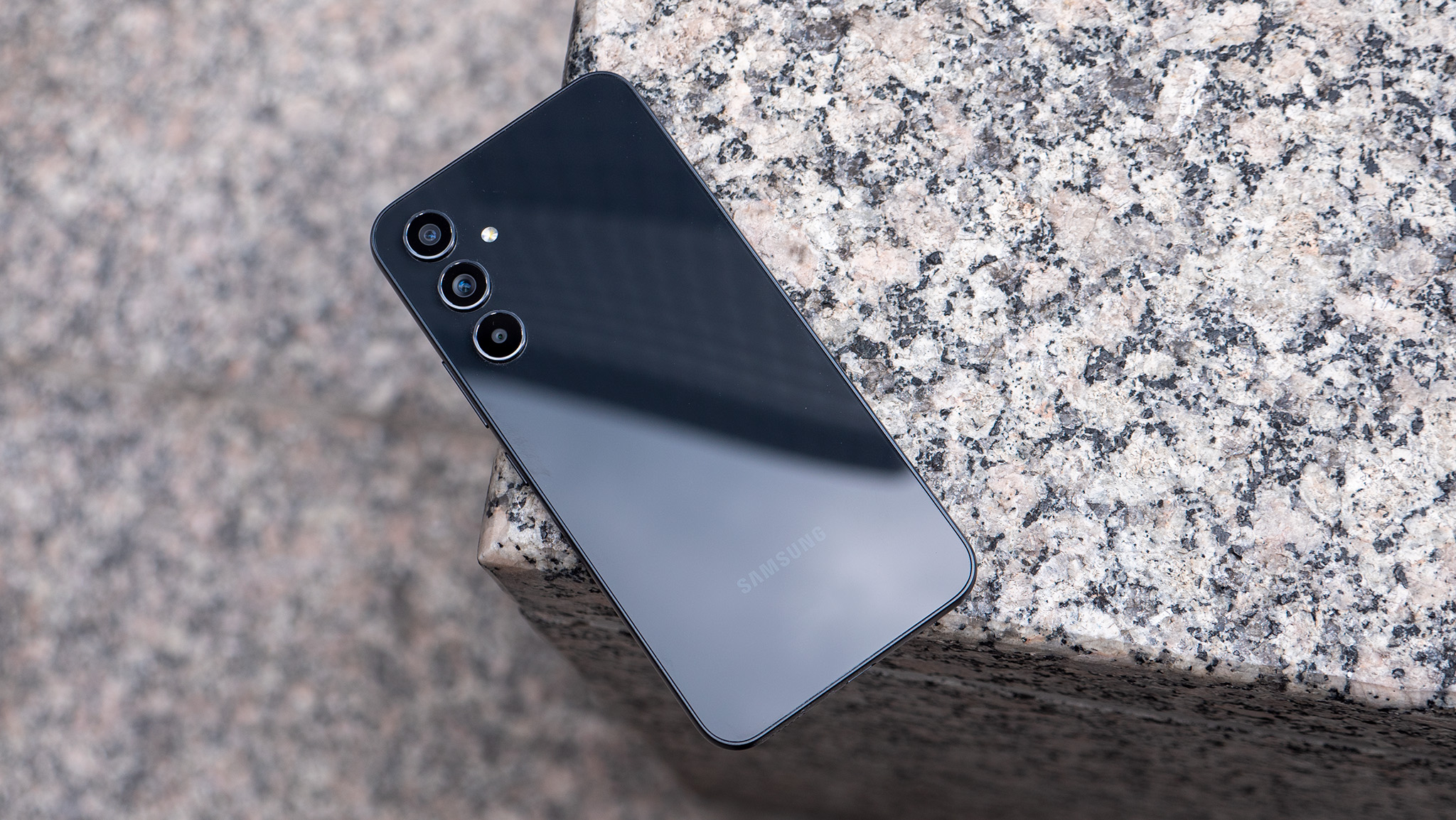

One big difference between the two phones is their protection. The A54 sports Gorilla Glass 5 to protect the display, while Motorola makes no mention of such protection. Additionally, the Galaxy has an IP67 water and dust resistance rating, which means the phone can handle spills or even being submerged. Motorola just has a water-repellent coating on the Stylus, which should protect it from light spills and rain, but nothing too comprehensive.
Basically, you'll definitely want to invest in a Moto G Stylus 5G (2023) case and/or screen protector. It may also help add some flair to the phone since it comes in fewer color options than the Galaxy.
Samsung Galaxy A54 5G vs. Moto G Stylus 5G (2023): Hardware & specs
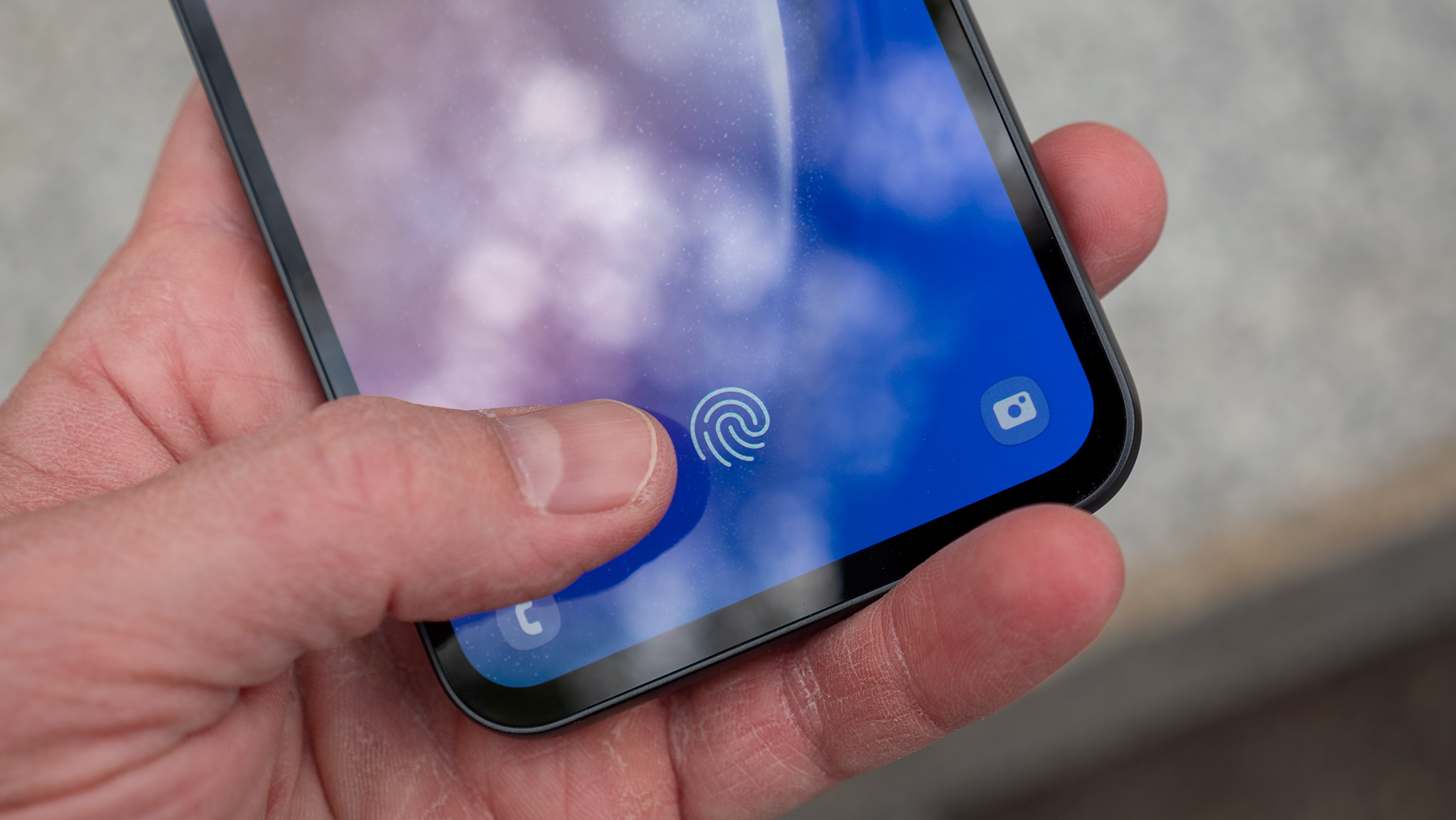
When it comes to performance, these phones may be similar, but one phone may have the upper hand. The Galaxy A54 5G is powered by the Exynos 1380, and Samsung's in-house chips don't have the best reputation. Users tend to prefer Snapdragon chipsets, particularly when it comes to the best Samsung phones, as Qualcomm's chips usually provide better performance. That said, performance on the A54 is about what you'd expect from a mid-range phone.
Get the latest news from Android Central, your trusted companion in the world of Android
The A54 can play games well if you stick to medium settings and visuals. Unfortunately, the slower storage can cause some problems loading assets with games like Fortnite.
Now, if you're looking for a Snapdragon processor, the Moto G Stylus 5G 2023 might be your speed, literally. In my testing, the phone performs surprisingly well, thanks to the Snapdragon 6 Gen 1 chip. Based on performance alone when completing various tasks, you might think this is a flagship phone. That's likely due to the 6GB of RAM, which helps keep apps in check. Although it's worth noting that the Moto comes in a 4GB variant as well, while the Galaxy has 6GB and 8GB variants, putting the A54 more in flagship territory.
It's only when you start gaming on the Moto that you'll notice you can't quite hit the highest-quality graphics without sacrificing performance. Honkai Star Rail plays well in medium settings, and while you can get away with high settings, your gameplay experience won't be phenomenal.
| Category | Moto G Stylus 5G (2023) | Samsung Galaxy A54 5G |
|---|---|---|
| OS | Android 13 (My UX) | Android 13 (One UI 5) |
| Display | 6.6-inch FHD+ (2400 x 1080), LCD, 120Hz (LTPS) | 6.4-inch FHD+ (2340 x 1080), AMOLED, 120Hz, Gorilla Glass 5 |
| Chipset | Snapdragon 6 Gen 1 | Exynos 1380 |
| Storage | 128GB/256GB, expandable | 128GB/256GB, expandable |
| Memory | 4GB/6GB | 6GB/8GB RAM, expandable |
| Water Resistance | Water-repellent | IP67 |
| Battery & Charging | 5,000mAh, 20W wired charging | 5,000mAh, 25W wired charging |
| Connectivity | 5G (sub-6), Bluetooth 5.1, Wi-Fi (2.4GHz & 5GHz) | 5G (sub-6), Bluetooth 5.3, Wi-Fi 6 |
| NFC | ✔ | ✔ |
| Security | Side-mounted fingerprint sensor, face unlock | In-display fingerprint sensor, face unlock |
| Dimensions | 162.83 x 73.77 x 9.19mm | 158.2 x 76.7 x 8.2mm |
| Weight | 202g | 202g |
| Colors | Cosmic Black, Rose Champagne | Lime, Violet, Black, White |
Both phones have Full HD+ 120Hz displays, but the Galaxy A54 has the upper hand with an AMOLED panel, which can produce better contrast and more inky blacks.
Fortunately, both phones come in 128 or 256GB storage variants, and both support external storage, meaning you can pop in a microSD card to move files and media around.

Where the Moto G Stylus has an advantage is its built-in stylus. Just a quick click from the bottom to pop the stylus out, and you can immediately start jotting down notes on the display. It's not as advanced as Samsung's S Pen, but some people like having a physical stylus to get things done, and the A54 doesn't even support the S Pen.
Battery life is actually pretty similar between the two phones. The 5000mAh batteries can probably get you as much as two days on a single charge, depending on your use. Charging is also pretty similar between the devices, although the A54 has a slight advantage with 25W wired over the Stylus' 20W. Neither phone supports wireless charging.
Samsung Galaxy A54 5G vs. Moto G Stylus 5G (2023): Software

Both phones run Android 13 out of the box, but the experiences will be quite different. The Galaxy A54 uses Samsung's One UI 5.1 skin, which doesn't have the best reputation. That said, there are many people who like or even prefer Samsung's UI over others, like the Pixel UI or "stock" Android.
The Moto G Stylus 5G runs My UX, which is largely identical to the Pixel UI, save for some Moto flourishes. Those generally include a series of gestures that Motorola is known for, like chopping the phone twice to activate the flashlight or twisting it twice to turn on the camera. They're generally useful and something we wish more Android OEMs would do.
Like on Pixels, the UI tends to take on a bubbly look, such as the large toggles for the quick settings menu. Meanwhile, One UI takes on a more condensed look for many of its UI elements. Aside from gestures, Motorola offers its own set of customizations, but they're fairly par for the course. Meanwhile, Samsung offers many of those same customizations but takes things up a notch with Good Lock, giving users a deeper level of options to make the phone truly yours.
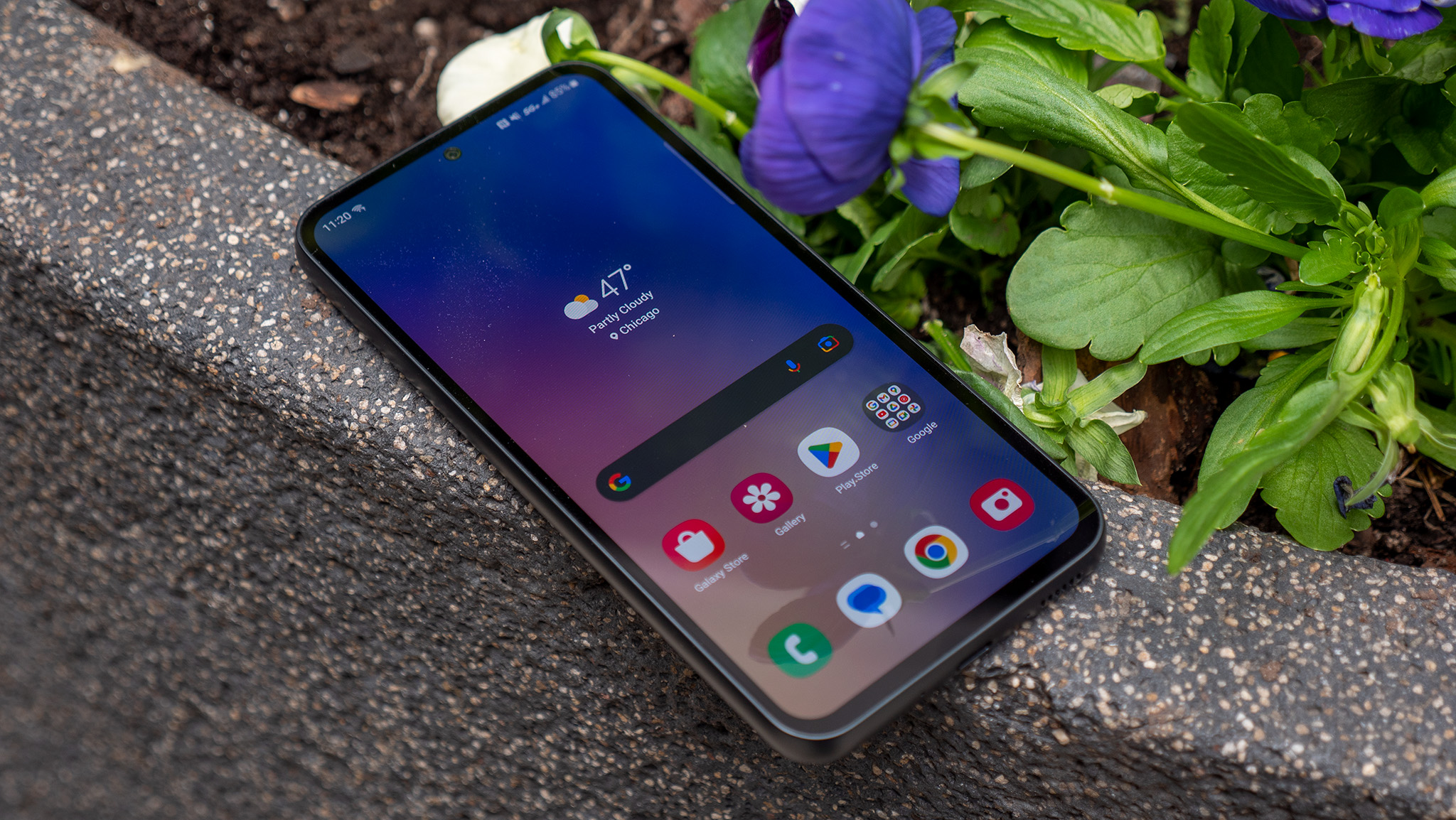
Aside from the different UI, Samsung has a much better software promise. Despite being a mid-range phone, Samsung will offer the A54 four OS upgrades and five years of security updates. Meanwhile, Motorola will only give the Stylus 5G one OS upgrade and three years of updates.
If you're going for longevity, the Galaxy is the way to go.
Samsung Galaxy A54 5G vs. Moto G Stylus 5G (2023): Cameras

With mid-range phones, you can't really expect the best camera performance unless you're dealing with a Google smartphone like the Pixel 7a. That said, images from these two phones aren't bad, even if they're not necessarily the best.
The Galaxy A54 has a strong camera setup with a 50MP wide sensor, 12MP ultrawide, and a macro sensor. Motorola has a similar 50MP primary sensor, but the ultrawide is a bit of a downgrade at 8MP. That said, it also functions as a macro and depth camera, which could give it the upper hand when taking very close-up shots or portrait images.
You can see from the Galaxy A54 samples below that the phone takes good photos in well-lit situations and even in low light. However, the phone has some issues with white balance and exposure.





As for the Stylus 5G, it takes pleasing images with enough vibrancy and saturation. It starts to struggle with ultrawide shots, particularly at night, and low-light shots are generally okay at best. That said, macro shots are fairly impressive, and it seems to do a slightly better job with portrait shots that the Galaxy A54 5G.


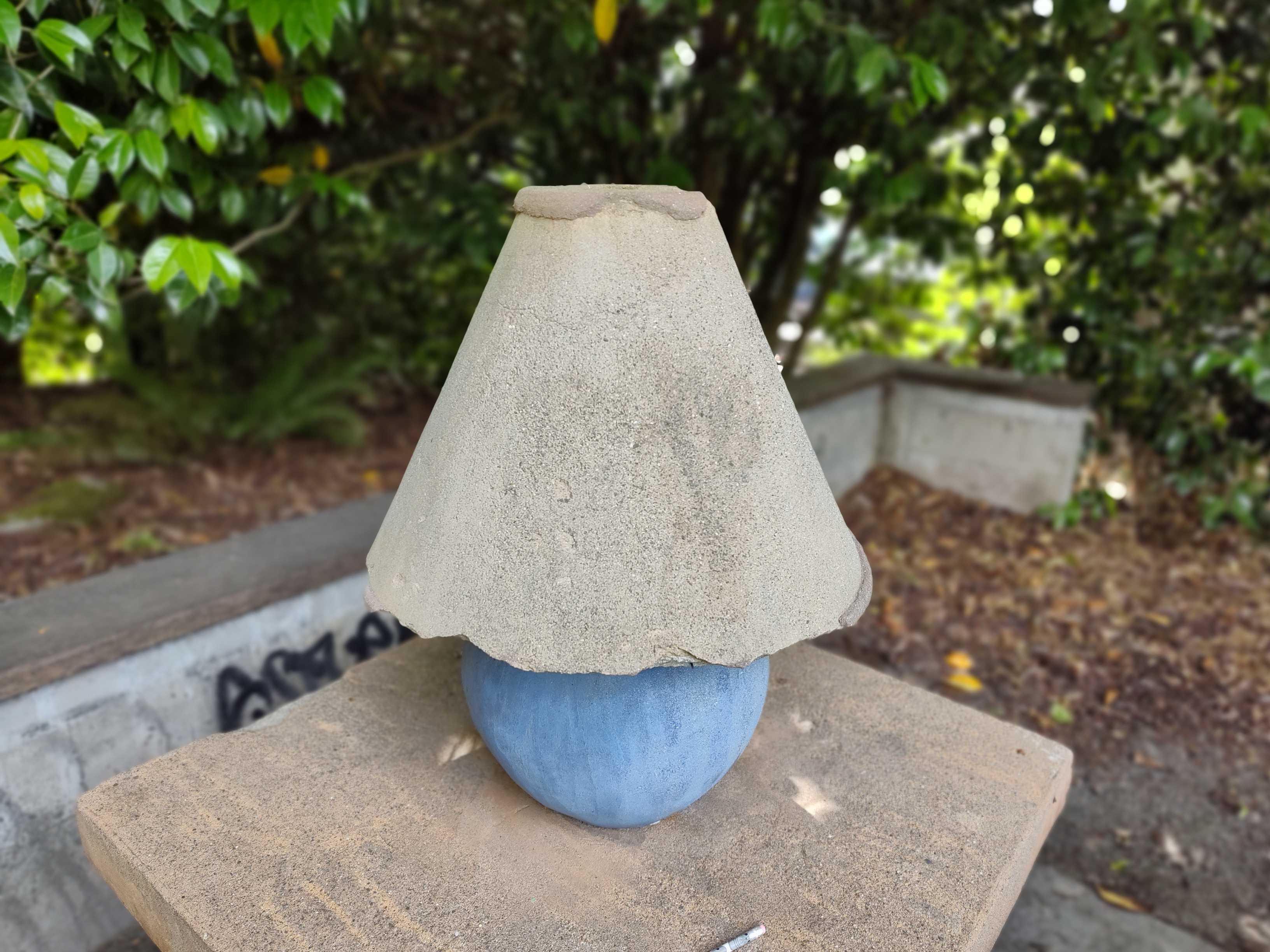



Samsung Galaxy A54 5G vs. Moto G Stylus 5G (2023): Which should you buy?
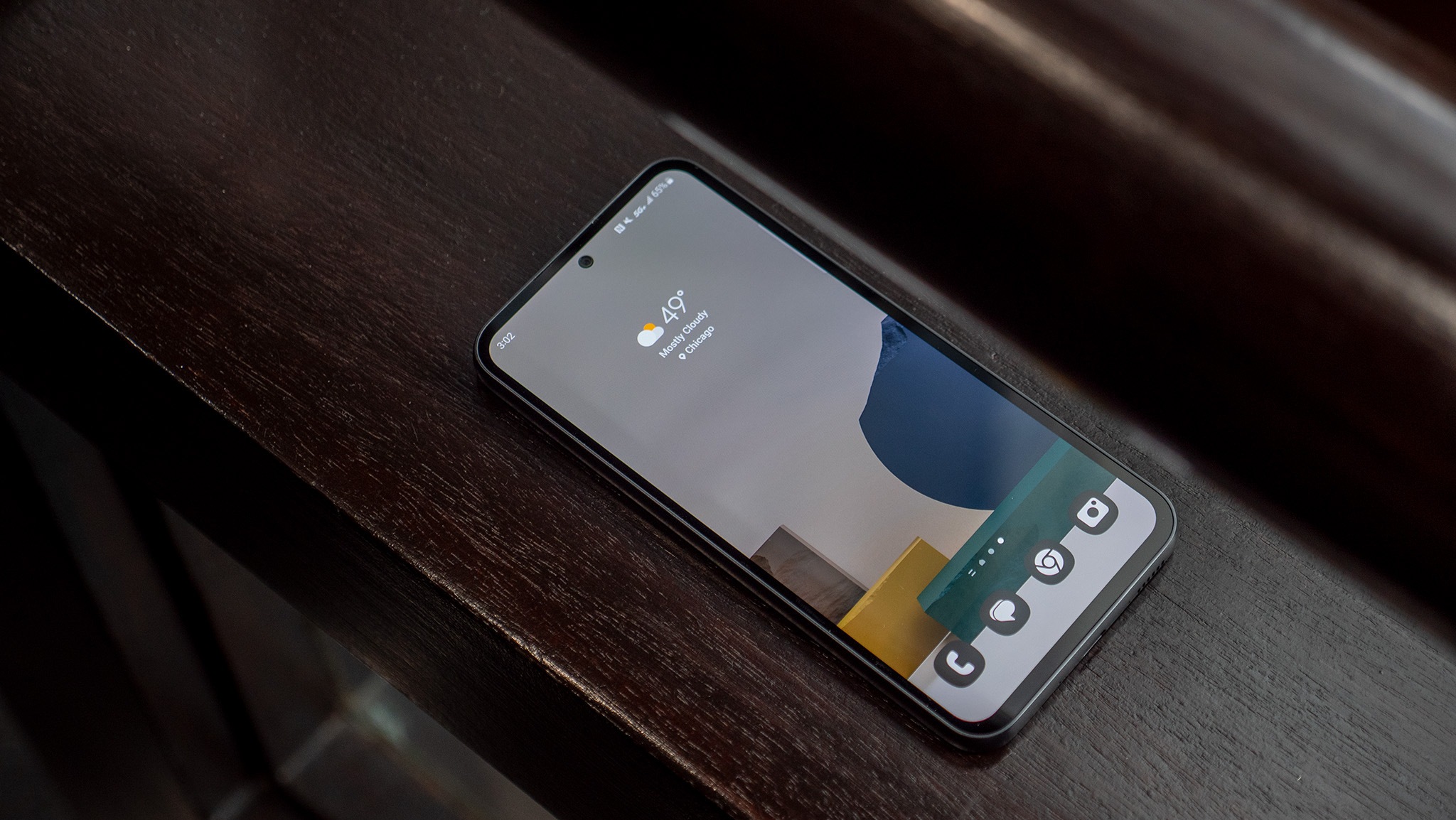
The Galaxy A54 5G and Moto G Stylus 5G (2023) both cater to similar audiences looking for flagship experiences in cheaper smartphones. Both work quite well in everyday use and are good enough to play your favorite games now and then while retaining all-day battery life (and then some). The Motorola phone has a bit more of a productivity focus, thanks to the built-in stylus pen, but it's really just an extra accessory than something that's absolutely integral to the experience of using the phone.
When looking at imaging and performance, I would probably suggest the Motorola, as I found myself quite impressed with the Snapdragon chipset underneath. However, Samsung has the upper hand in many areas, such as durability, software support, and the AMOLED display.
If you're looking to go with the cheaper option, the Stylus is a good phone to go with at $399. But it's probably worth it to just spend the extra $50 to get the added benefits that come with the Galaxy A54. That said, I don't think you can really go wrong with either option, as they are some of the best cheap Android phones you can buy today.

Premium mid-range
There's a lot to like about the Galaxy A54 5G, from the A23-like design to the flagship-range specs and the sub-flagship price. For less than $500, you get a gorgeous 120Hz AMOLED display, water resistance, and fast charging.

A mighty pen
The Moto G Stylus 5G (2023) is the best option for a phone with a built-in stylus pen if you don't want to spend more than $1000. It comes with a speedy Snapdragon processor, a 120Hz display, and a pretty good 50MP camera.
Pros
- Surprisingly decent primary camera
- Snapdragon chip performs well
- Built-in stylus
- Very loud speakers
- Side-mounted fingerprint sensor
Cons
- No IP rating
- Software support is still lacking
- Underwhelming low-light performance
- LCD and not AMOLED

Derrek is the managing editor of Android Central, helping to guide the site's editorial content and direction to reach and resonate with readers, old and new, who are just as passionate about tech as we are. He's been obsessed with mobile technology since he was 12, when he discovered the Nokia N90, and his love of flip phones and new form factors continues to this day. As a fitness enthusiast, he has always been curious about the intersection of tech and fitness. When he's not working, he's probably working out.
